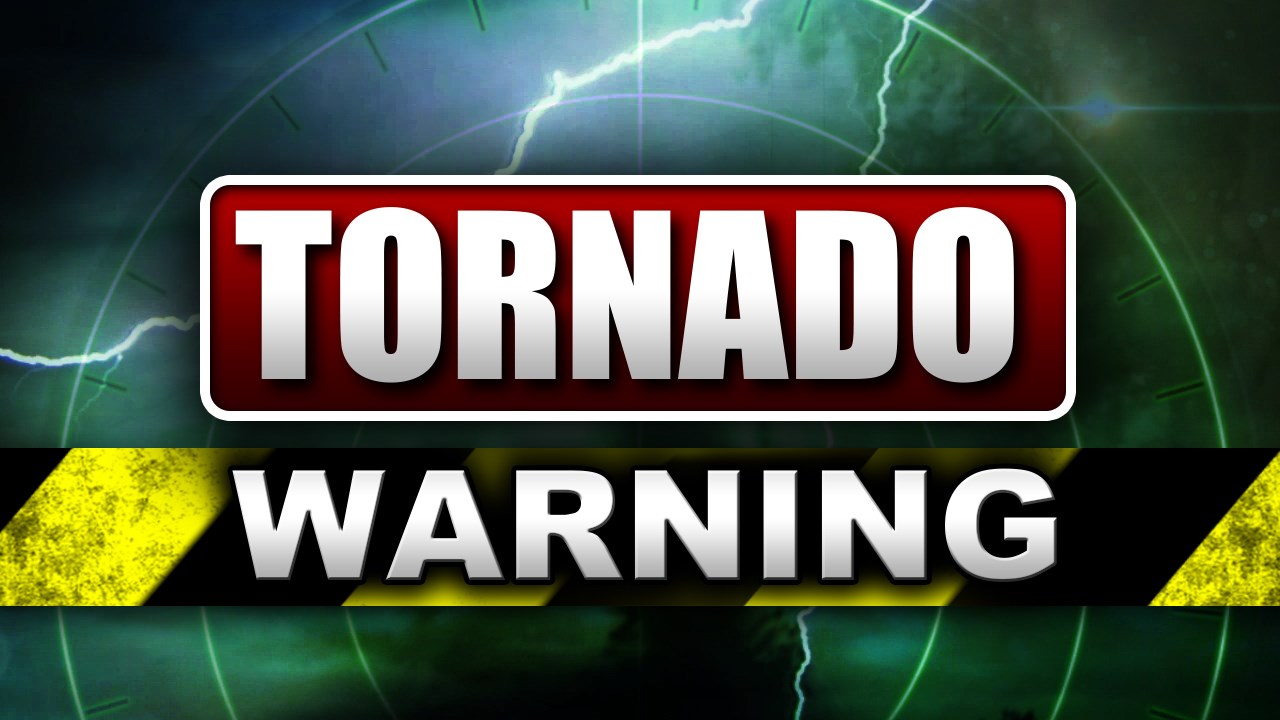Tornado Warnings and Safety Measures

In the face of nature’s wrath, it is imperative that we are equipped with the knowledge and strategies to protect ourselves and our loved ones. Tornadoes, with their immense destructive power, demand our utmost vigilance and preparedness. This guide aims to provide a comprehensive overview of tornado warnings and the safety measures we must adhere to during such perilous events.
When a tornado warning is issued, it signifies the imminent threat of a tornado in the vicinity. Understanding the different types of warnings and their implications is crucial. A tornado watch indicates that conditions are favorable for tornado development, while a tornado warning means that a tornado has been spotted or detected by radar and poses an immediate danger.
Preparing for a Tornado Warning
Preparation is paramount in ensuring our safety during a tornado warning. Having an emergency plan in place and identifying evacuation routes can mean the difference between life and death. Every household should establish a designated safe room, typically in the lowest level of the house, such as a basement or interior room without windows. This room should be stocked with essential supplies, including a first-aid kit, non-perishable food, water, a battery-powered radio, and flashlights.
El sonido de las sirenas corta el aire, un escalofriante recordatorio de la inminente amenaza de un tornado. Mientras las nubes se arremolinan arriba, su danza ominosa advierte de la posibilidad de un torbellino devastador. Posibilidad de tornado , un término que pesa en el corazón, un recordatorio de la fuerza implacable de la naturaleza.
El rugido del viento se asemeja a un coro de voces aullantes, un preludio al potencial caos que se avecina.
Evacuation Procedures
In the event of a tornado warning, evacuation is often necessary. When seeking shelter, it is important to avoid structures with large open spaces, such as auditoriums or gymnasiums. Mobile homes and vehicles also provide inadequate protection. Instead, seek refuge in a sturdy building with a basement or interior room on the lowest floor. If caught outdoors, lie flat in a ditch or low-lying area and cover your head with your hands.
Amidst the thunderous roar of the approaching tornado, Mount Vernon, Indiana, stood as a beacon of resilience. The siren’s piercing wail echoed through the quaint streets, a stark reminder of the impending danger. As the tornado’s fury approached, residents sought shelter, their hearts pounding with trepidation.
But amidst the chaos, the spirit of community prevailed, uniting them against the forces of nature.
Staying Informed and Connected
Staying informed during a tornado warning is essential. Battery-powered radios or NOAA weather radios provide real-time updates on the situation. Additionally, local authorities may issue emergency alerts via text messages or social media. It is crucial to monitor these channels and follow the instructions provided.
Tornado Safety Tips
Remember these vital safety tips during a tornado warning:
- Stay away from windows and exterior walls.
- Cover your head and body with blankets or pillows.
- Do not attempt to outrun a tornado in a vehicle.
- If possible, seek shelter in an underground structure.
- Listen to local authorities for updates and instructions.
Tornado Formation and Characteristics: Tornado Warning
Tornadoes are violent, rotating columns of air that extend from the base of a thunderstorm cloud to the ground. They are formed when warm, moist air from the Gulf of Mexico meets cold, dry air from the north. The warm air rises, creating an updraft, while the cold air sinks, creating a downdraft. The updraft and downdraft create a rotating column of air, which can become a tornado if it is strong enough.
Tornadoes can vary in size, shape, and intensity. They can be as small as a few feet wide or as large as a mile wide. They can also be weak, with winds of only 60 miles per hour, or strong, with winds of over 200 miles per hour. The strongest tornadoes are called F5 tornadoes, and they can cause catastrophic damage.
Factors Influencing Tornado Intensity and Duration, Tornado warning
The intensity and duration of a tornado are influenced by several factors, including:
- The strength of the updraft and downdraft
- The amount of moisture in the air
- The wind shear
- The terrain
Tornado Impact and Damage Assessment

Tornadoes, with their immense power and destructive force, pose significant threats to communities and infrastructure. Their impacts can range from localized damage to widespread devastation, leaving behind a trail of destruction that requires extensive assessment and recovery efforts.
Assessing tornado damage involves a systematic approach that considers various factors, including the intensity of the tornado, the type of structures affected, and the surrounding environment. Engineers, meteorologists, and emergency responders work together to evaluate the severity of damage and determine the appropriate response measures.
Damage Assessment Methods
Several methods are employed to assess tornado damage, each providing valuable insights into the tornado’s characteristics and impact:
- Ground Surveys: Field teams conduct thorough inspections of affected areas, documenting damage to buildings, infrastructure, and natural features.
- Aerial Surveys: Using aircraft or drones, aerial surveys provide a broader perspective of the damage, allowing for rapid assessment and identification of critical areas.
- Satellite Imagery: High-resolution satellite images can reveal the extent of damage, particularly in remote or inaccessible areas.
Role of Technology in Tornado Detection and Forecasting
Advancements in technology have significantly enhanced our ability to detect and forecast tornadoes, providing valuable lead time for warnings and protective measures:
- Doppler Radar: Doppler radar detects the movement and velocity of precipitation, providing early warnings of potential tornado development.
- Numerical Weather Prediction (NWP) Models: Computer models simulate atmospheric conditions, predicting the likelihood and intensity of tornado outbreaks.
- Spotter Networks: Trained volunteer spotters report tornado sightings, providing real-time information to meteorologists.
By combining these methods and technologies, meteorologists and emergency responders can effectively assess tornado damage, enabling timely and coordinated response efforts to minimize the impact on communities and infrastructure.